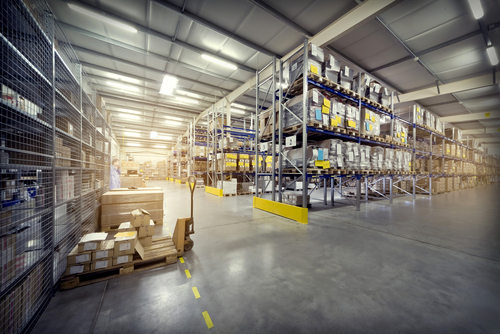
Kolkata, the “City of Joy”, has long been a commercial and industrial powerhouse in eastern India. Its strategic location, robust infrastructure, and skilled workforce have made it a natural draw for businesses across various sectors. In recent years, Kolkata’s warehousing sector has witnessed significant growth, catering to the evolving needs of local and regional industries. This article explores the key factors driving this growth, the diverse range of warehousing in Kolkata, and the future outlook for this crucial segment of the city’s economy.
Factors Propelling Warehouse Growth in Kolkata
Several key factors are contributing to the burgeoning warehouses in Kolkata:
- Industrial Diversification: Kolkata’s industrial landscape has moved beyond its traditional focus on jute and textiles. Growth in sectors like automobiles, electronics, pharmaceuticals, and FMCG has created a demand for modern warehousing facilities.
- Strategic Location: The city sits at the crossroads of major trade routes, connecting it to neighboring states and countries. Its proximity to ports and international airports facilitates seamless movement of goods.
- Improved Infrastructure: Kolkata boasts a well-developed network of roads, railways, and inland waterways. The ongoing development of dedicated freight corridors and logistics parks further enhances connectivity.
- Cost-Effectiveness: Compared to other major Indian cities, Kolkata offers relatively lower land and labor costs, making it an attractive proposition for businesses seeking cost-efficient warehousing solutions.
- Skilled Workforce: The city has a large pool of skilled professionals in logistics, warehousing, and supply chain management, ensuring efficient operations and quality control.
A Spectrum of Warehousing Options
Kolkata’s warehousing landscape caters to diverse needs, offering a range of solutions:
- Dedicated Warehouses: These stand-alone facilities are built to the specific requirements of a single client, providing maximum control and customization.
- Shared Warehouses: These multi-tenant facilities offer flexible spaces suitable for businesses of varying sizes and storage needs.
- Cold Storage: Specialized facilities equipped with temperature-controlled environments for storing perishable goods like food and pharmaceuticals.
- Container Freight Stations (CFS): These hubs handle import and export cargo, offering container storage, customs clearance, and value-added services like packing and labeling.
- Warehouse Management Systems (WMS): Advanced software solutions that optimize warehouse operations, including inventory tracking, order fulfillment, and labor management.
Additional Reading: Warehousing in Kolkata: A Strategic Hub for Business Growth
The Future of Warehousing in Kolkata
Looking ahead, Kolkata’s warehousing sector is poised for continued growth. Here are some key trends shaping the future:
- Technological Integration: Automation and robotics will increasingly be adopted to improve efficiency, reduce labor dependence, and enhance data-driven decision-making.
- Sustainability Focus: Warehouses will adopt eco-friendly practices like energy-efficient lighting, rainwater harvesting, and waste management systems.
- Logistics Partnerships: Collaboration between warehousing companies, transportation providers, and technology platforms will create integrated logistics solutions.
- Focus on Value-Added Services: Warehouses will go beyond basic storage, offering value-added services like packaging, labeling, assembly, and light manufacturing.
- E-commerce Boom: The rise of e-commerce will drive demand for smaller, strategically located warehouses closer to urban centers to facilitate faster delivery.
In conclusion, Kolkata’s warehousing sector is at an inflection point. By leveraging its strategic advantages, embracing technological advancements, and catering to evolving industrial needs, Kolkata can solidify its position as the premier warehousing hub for eastern India, driving economic growth and creating exciting opportunities for businesses across the region.